Service Learning and Civic Engagement: Making a Difference in Your Community
By , March 23, 2025
Service learning and civic engagement blend education with community action. These approaches let you tackle real issues while growing personally and professionally. In just 1500 words, this article dives into their benefits, shares my experiences, and shows you how to get started.
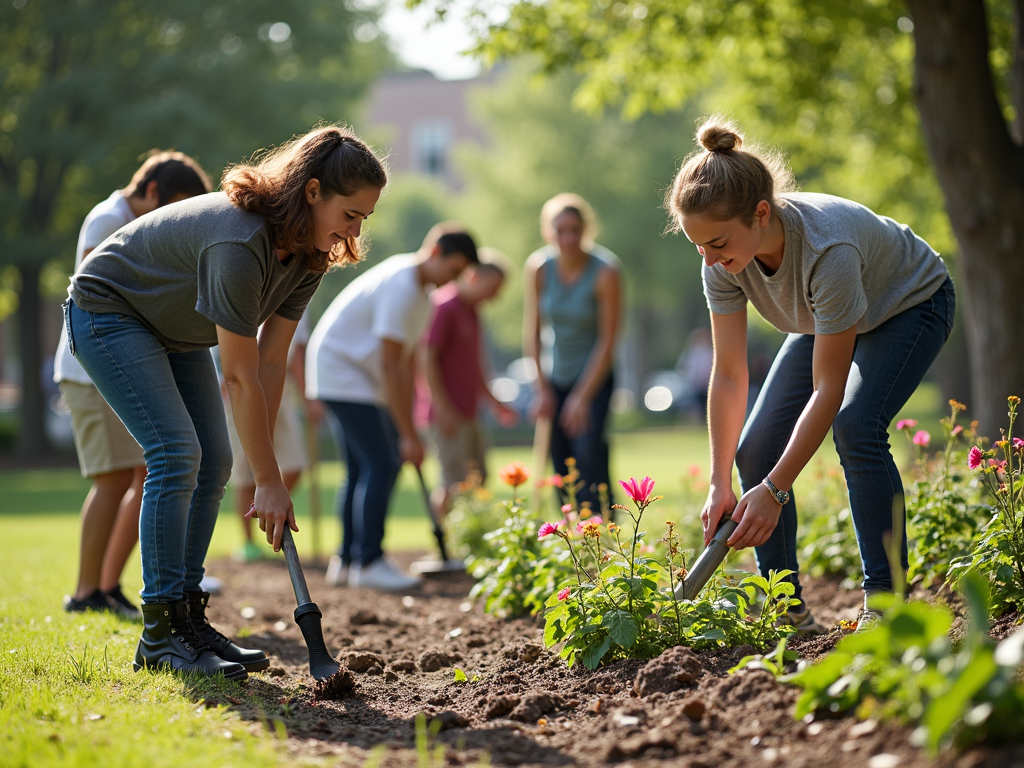
What is Service Learning?
Service learning combines school lessons with community service. It’s not just volunteering—it’s tied to what you’re studying. Imagine a history student helping at a museum or a science student planting trees to learn about ecosystems. It makes learning hands-on and meaningful.
I got my first taste of service learning in high school. We worked with a local charity to build homes for families in need. Hammering nails and mixing concrete taught me teamwork and showed me how housing affects people’s lives. It wasn’t just a project—it changed how I saw the world.

Why Service Learning Matters
Service learning does more than fill a resume. Here’s what it offers:
- Skills: You learn to solve problems and work with others.
- Awareness: It opens your eyes to community needs.
- Growth: You build confidence and care more about others.
Communities win too—your work meets real needs.
During college, I joined a service learning project testing air quality in our city. We used tools from class to measure pollution and shared the results with residents. It hit me how small actions, like volunteering, could spark bigger changes.
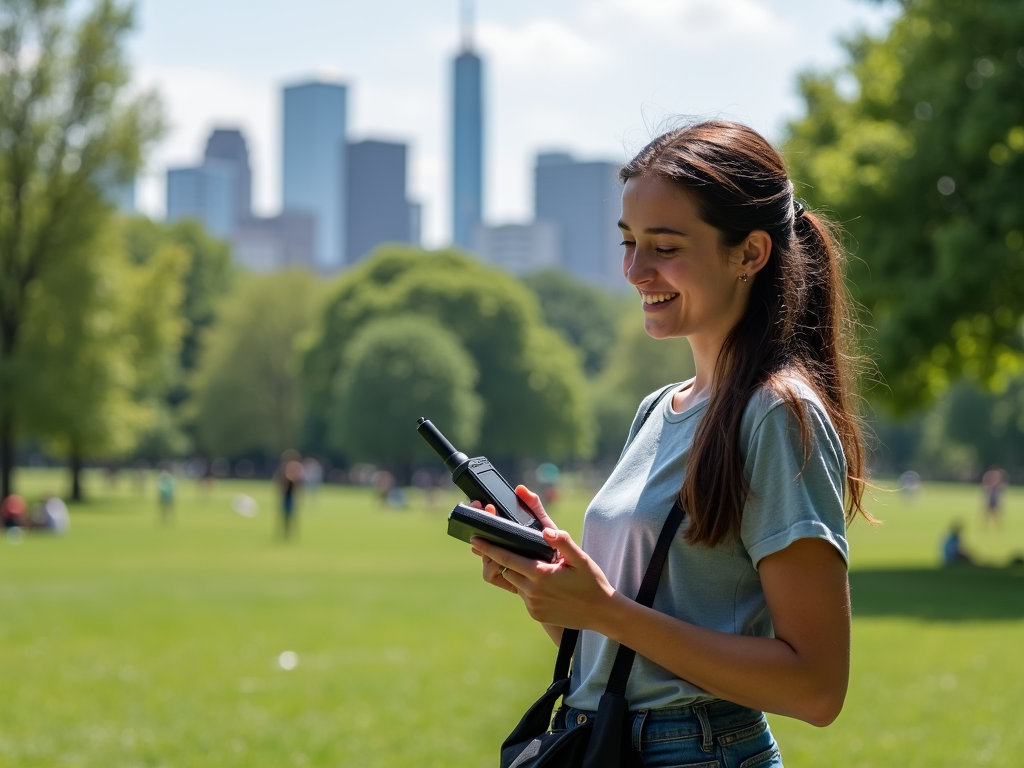
Civic Engagement Explained
Civic engagement is about jumping into community life to make it better. It’s broader than service learning—think voting, joining a protest, or helping at a food pantry. You don’t need a classroom; you just need a desire to act.
I started volunteering at a soup kitchen on weekends. Serving meals wasn’t part of a grade, but it felt just as rewarding. Talking to people there taught me more about hunger than any textbook ever could.
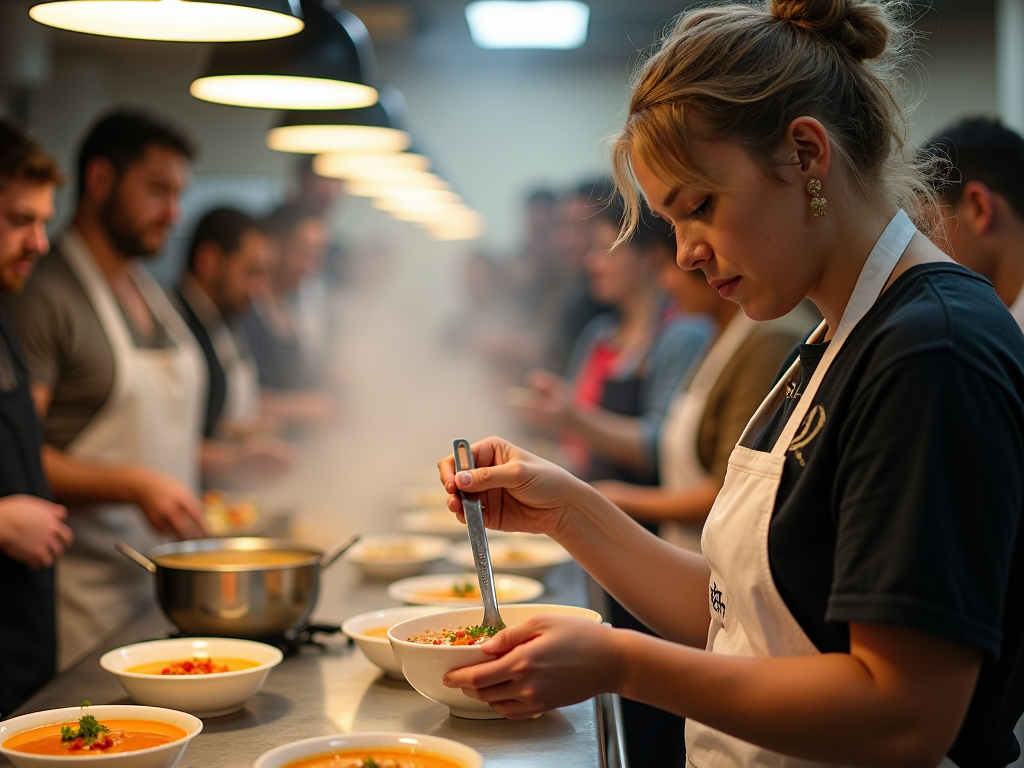
Benefits in Action
Both service learning and civic engagement pack a punch. They connect you to people and problems you might never notice otherwise. Studies show students who volunteer this way do better in school and feel more tied to their towns.
Here’s a quick look at some outcomes:
| Activity | Skill Gained | Community Impact |
|---|---|---|
| Tutoring kids | Communication | Better literacy rates |
| Cleaning rivers | Problem-solving | Healthier ecosystems |
| Organizing events | Leadership | Stronger neighborhoods |

How to Jump In
Ready to try service learning or civic engagement? Here’s how:
- Pick a Passion: Love animals? Help a shelter. Care about climate? Join a green group.
- Find a Spot: Check schools, nonprofits, or online for opportunities.
- Take a Step: Start with a one-day event to test the waters.
- Look Back: Think about what you learned after each gig.
My first step was small—picking up litter in a park. It took two hours, but I met people who cared about the same things I did. That led me to bigger volunteer roles over time.
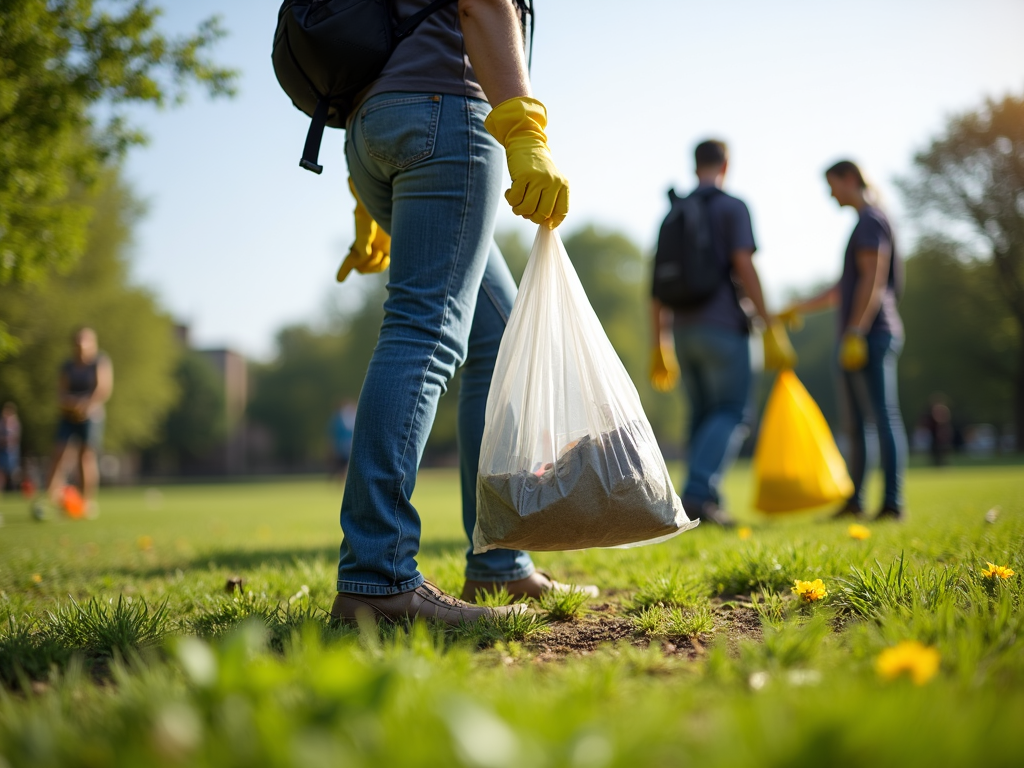
Facing the Tough Stuff
It’s not always easy. School and service can clash—finding time is tricky. I’ve had to skip fun nights out to finish projects. Set clear limits and tell leaders what you can handle.
Some days hit hard, too. Seeing kids go hungry or rivers choked with trash can weigh on you. Talking it out with friends or taking a break helps keep you going.
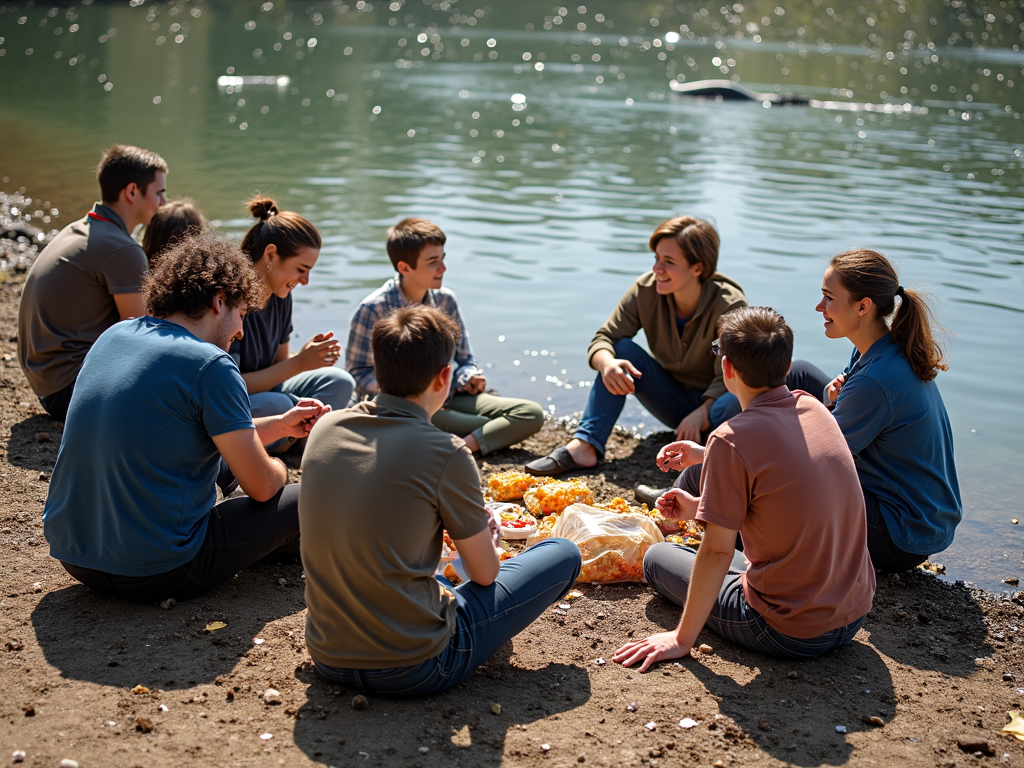
What’s Next?
Service learning and civic engagement are growing. Schools are adding more programs, and tech is making it easier—think online tutoring or virtual town halls. Anyone can join in, anywhere.
I’ve seen this shift myself. Last year, I helped run a Zoom workshop for kids stuck at home. It wasn’t in-person, but it still made a difference.

Wrapping Up
Service learning and civic engagement let you learn, grow, and help others all at once. From building homes to serving soup, every bit counts. Try it—you’ll gain skills, meet people, and shape your community. Check out the links below for more ways to dive in.